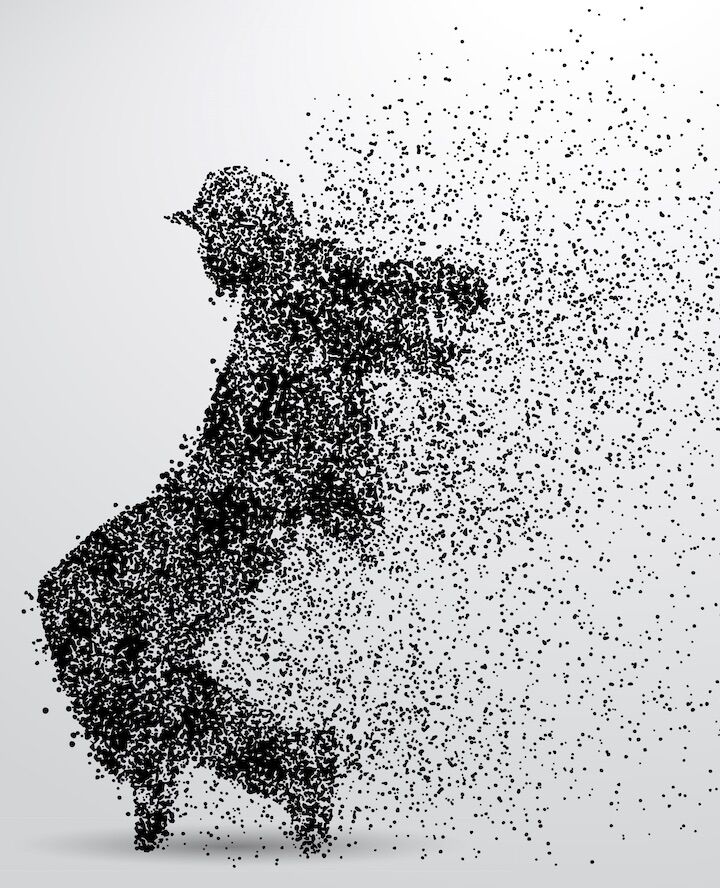20. Prince
It’s fitting that this tribute should finish in the city of Minneapolis, home of George Floyd, whose brutal murder served as the catalyst for a long-overdue re-examination of racial equality both in the US and abroad.
From the Harlem Renaissance of over a century ago, through the civil rights movements of the 1960s and all the way to the Black Lives Matter movement today, each new generation has taken up the struggle, resulting in improved equality and understanding.
By the 1980s, the legacy of segregation still loomed large in America’s collective consciousness, as did Vietnam and the assassinations of Malcolm X and Martin Luther King. Meanwhile MTV had just launched and white, mainstream, middle class America, still struggling with the idea of black music on the radio, was about to get a kaleidoscope of colour they couldn’t ever have hoped to prepare for.
Prince’s revolution wasn’t concerned merely with racial segregation; he transcended race just as he did gender and sexuality – he was challenging the very concept of identity itself with an energy that was relentless, fearless and funky as hell.
Learn to DJ the right way with Digital DJ Tips: The Complete DJ Course
As with many of the artists on this list, Prince was a hugely talented multi-instrumentalist musician, songwriter and composer, equally adept at programming synths and drum machines as he was penning pop tunes or rocking out blistering electric guitar solos that would have made even Hendrix’s jaw drop.
He was also an incredible producer and mentor of artists like Vanity, Appolonia and Sheena Easton and penned the number one song Nothing Compares 2 U for Sinéad O’Connor.
Legacy: From top producers like Luke Vibert to superstar DJs like Carl Cox, our scene abounds with stars who hold Prince in the very highest esteem. First and foremost, there is his musicality, both in terms of pure raw talent and ability as much as variety. While MTV was still categorising music as black and white, Prince was taking funk, hard rock, soft pop, hip-hop, electro and early proto-techno sounds, throwing them all into the blender and forever changing the world of music. Though that’s only one half of the story.
Much like David Bowie, who we also lost in 2016, Prince wasn’t just a musical chameleon, he played with the very concept of identity and gender and, more often than not, confused and enraged the establishment in doing so. But, at the same time, he served as an inspiration for an entire generation of young people who grew up realising that it’s ok to be different, it’s ok to be weird, it’s ok to be confused about your identity – because there, right up on the screen, was one of the world’s last true rock stars, a person of colour who stood out, loud and flamboyant, unapologetically weird, sexually ambiguous and impossible to ignore.
Prince may not have been a part of the music scenes which were growing up simultaneously in New York, Detroit and Chicago, but I can think of no better icon to best define the jubilant inclusivity that house music represents; where one’s race, religion, gender or sexuality are unimportant, only the groove matters.
And the beat goes on…
The “rave revolution” which shook the last decade of the 20th Century has shaped the world we live in today for the better. For over 30 years now, generations have come of age experiencing the unity and equality of the dancefloor and the realisation that we are all one people, dancing to the same universal beat. Once experienced, that feeling never leaves us.
Like Joe Smooth I therefore hope that someday we will reach the Promised Land, where the world as a whole feels the same sense of unity experienced during one of those magical dancefloor moments. Of course we still have a long way to go to reach that point, which is why, immersed as we are in so much digitally induced doom and gloom, it’s so important to look back and realise how far we’ve all come and why it’s oh so important to hold tight to our beliefs, to defend the principals our scene was founded upon and to stand up to those powerful forces trying to divide us, trying to poison us and trying to rob us of our love, our unity and our sense of hope.
So what about your list? Are there any artists you feel we left out who deserve a mention? Tell us about your own personal influences in the comments below.

